What Do Security Metal Detectors Detect?
Security metal detectors are critical tools in various settings, providing safety and security by detecting metallic objects that might pose threats. Whether at an airport, courthouse, school, or event, these detection systems serve as the first line of defense against potential dangers.

## Understanding How Security Metal Detectors Work
Security metal detectors operate based on electromagnetic fields and principles of metal conductivity. Here is a simplified version of the process:
1. Transmission Signal: The metal detector emits an electromagnetic field from a coil embedded within the device.
2. Interaction with Metal: When a metallic object passes through this field, it disturbs the field, creating electric currents known as eddy currents in the metal.
3. Detection Signals: These eddy currents generate a secondary magnetic field, which the metal detector then senses. This interaction is analyzed, and an alarm sounds if the signal properties match those of a metallic object.
Security metal detectors come in two main types:
- Walk-Through Metal Detectors: Often used at entrances to secure facilities.
- Hand-Held Metal Detectors: Used for secondary screenings and pinpointing specific locations of metal on an individual.
## Types of Metals Detected
Ferrous Metals
Ferrous metals are iron-containing materials, such as steel. These metals are easily detected due to their strong magnetic properties. Metal detectors quickly identify items such as:
- Firearms
- Knives
- Tools
Non-Ferrous Metals
Non-ferrous metals like aluminum, copper, and brass do not contain iron and are less magnetic. However, due to their conductive properties, they can still be detected effectively. Examples include:
- Aluminum foil
- Coins
- Jewelry
Stainless Steel
This material is more challenging to detect because of its lower conductivity and magnetic properties. Nevertheless, advanced security metal detectors can identify stainless steel items, essential in recognizing:
- Surgical instruments
- Certain types of blades and weapons
## Specific Items Security Metal Detectors Can Detect
Weapons
One of the primary functions of security metal detectors is to detect weapons. This includes:
- Firearms: Guns are generally made of ferrous metals, making them straightforward for metal detectors to identify.
- Knives: Both ferrous and some non-ferrous knives can alert a security system due to their metallic composition.
- Explosives with Metal Components: Metal shrapnel or bomb casings are detectable, making metal detectors useful in identifying explosive devices.
Contraband Items
In many contexts, security metal detectors are used to find and confiscate contraband. Examples include:
- Illegal Drugs in Metal Containers: Often drugs are hidden in metal cases that can be detected.
- Electronic Devices: Unauthorized digital storage devices or phones can contain metals that are easy for detectors to find.
Everyday Items with Security Implications
Beyond weapons and contraband, metal detectors also help in identifying items that, while not inherently dangerous, could pose security issues:
- Batteries: These can be components in homemade weapons or incendiary devices.
- Tools: These could be used in vandalism or sabotage activities.
## Advanced Detection Capabilities
Modern security metal detectors include sophisticated features to improve accuracy and reliability:
- Discrimination: The ability to differentiate between benign metal objects (like belt buckles) and potential threats.
- Sensitivity Adjustments: To fine-tune the detector based on the level of threat assessment in different environments.
- Zone Detection: Systems that pinpoint the location of a metal object on a person's body to reduce unnecessary full-body searches.
## Addressing Practical Concerns
False Alarms
One significant issue with metal detectors is false alarms, caused by harmless items. Managing false alarms involves:
- Regularly calibrating detectors to appropriate sensitivity settings.
- Training staff to differentiate between real threats and innocuous items.
- Utilizing systems capable of sophisticated discrimination algorithms.
Throughput and Efficiency
High-traffic areas need efficient security checks to avoid long wait times. Streamlining this process includes:
- Using high-performance detectors capable of rapid scanning without compromising security.
- Implementing pre-screening guidelines to reduce the frequency of alarms for common clothing items.
- Employing additional security staff during peak times for faster secondary checks.
Privacy Concerns
In contexts such as schools or smaller institutions, privacy is a concern:
- Establish clear guidelines and protocols to handle security screenings respectfully.
- Train staff to conduct secondary checks (i.e., hand-held detector screenings) discreetly.
- Ensure that all screenings comply with local privacy laws and regulations.
## The Future of Security Metal Detectors
As threats evolve, so do the capabilities of security metal detectors. Future developments may include:
- Improved AI algorithms for enhanced discrimination between threats and non-threats.
- Integrating biometric data to correlate metal detector findings with individual risk profiles.
- Innovations in portable metal detection that balance sensitivity with convenience.
## Conclusion
Security metal detectors serve an essential function in today’s world by detecting a wide range of metallic objects, from weapons to contraband, thereby ensuring the safety of public spaces. Understanding what these detectors identify, how they work, and the best practices in their operation can significantly enhance security measures while maintaining efficient flow and respecting individual privacy. As technology advances, the capabilities of security metal detectors will continue to evolve, offering even more precise and less intrusive security solutions.


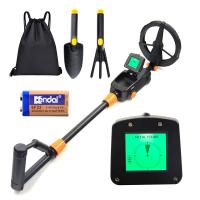
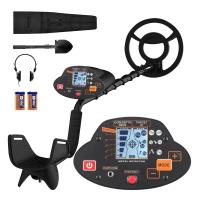

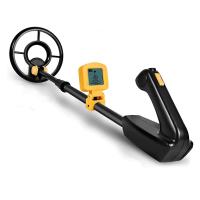
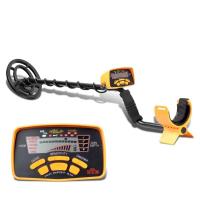
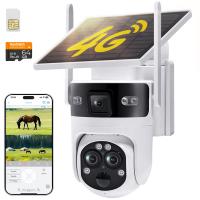
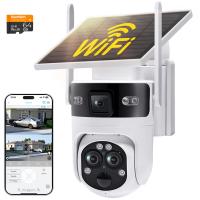

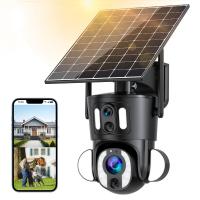


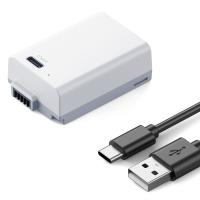



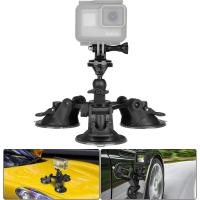



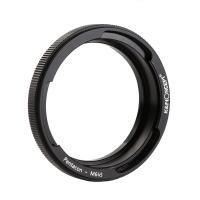
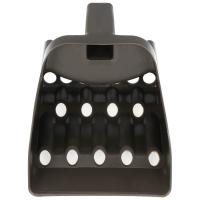
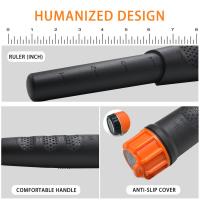
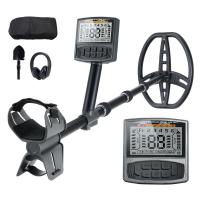

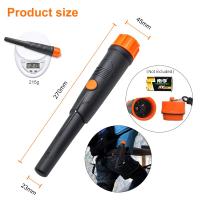
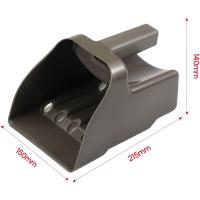
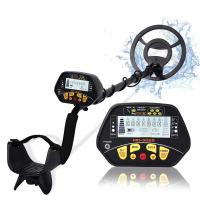

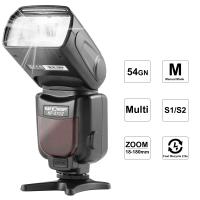
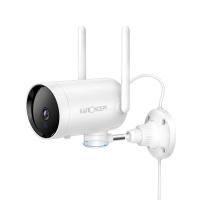



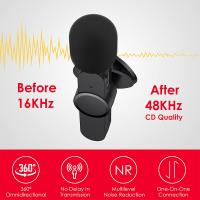




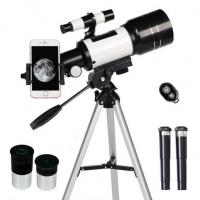
There are no comments for this blog.